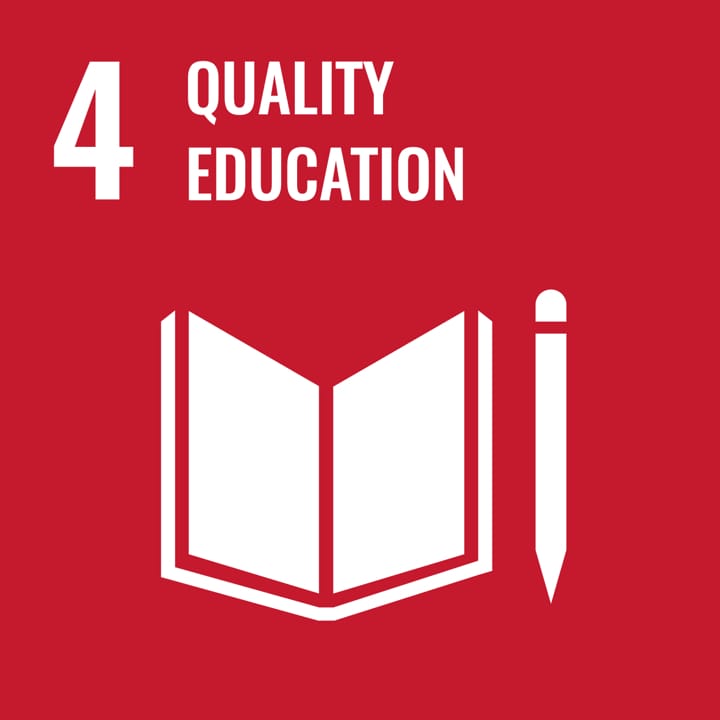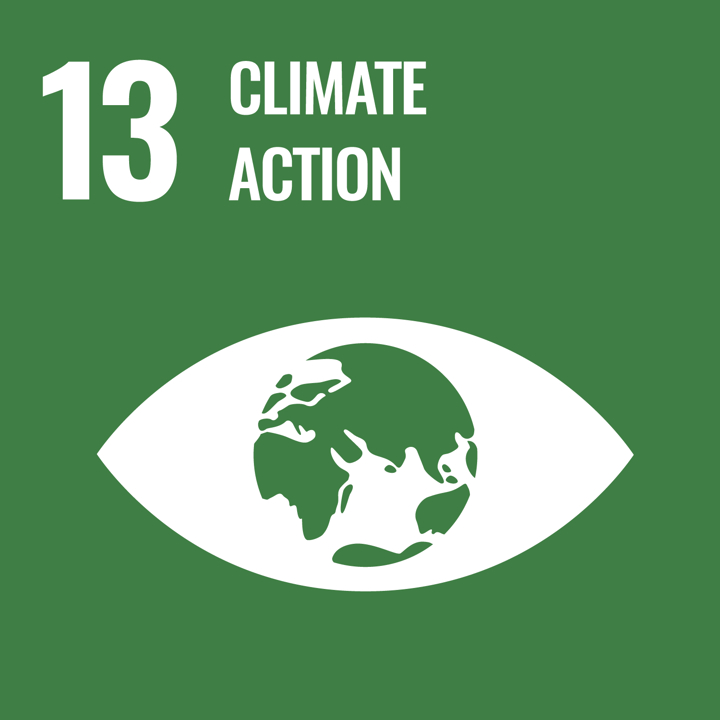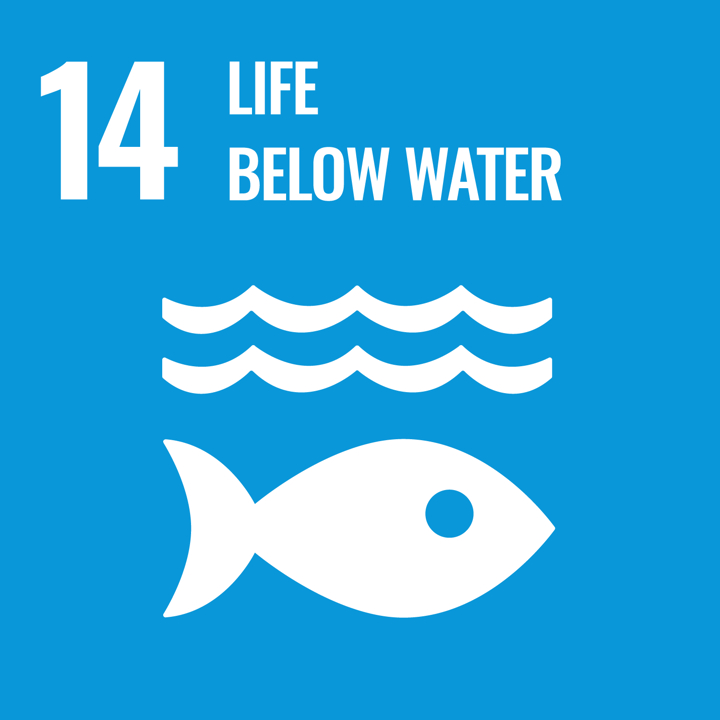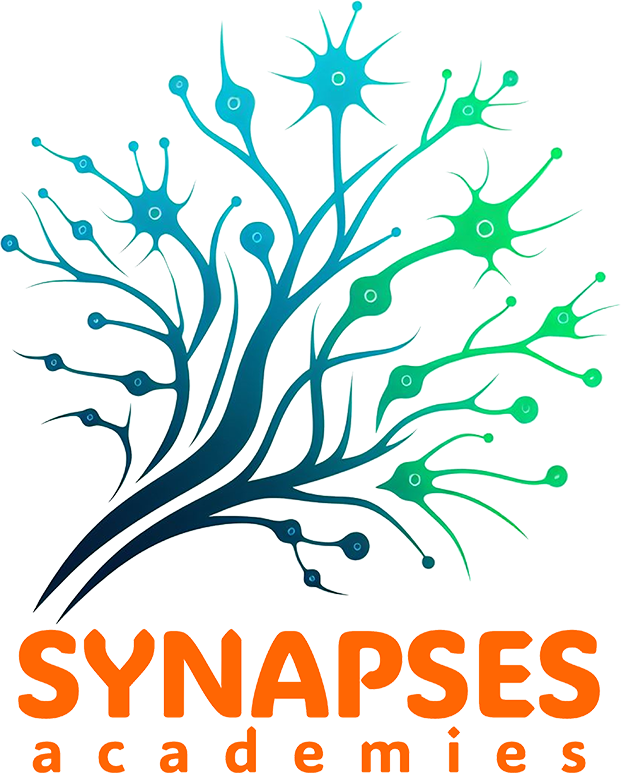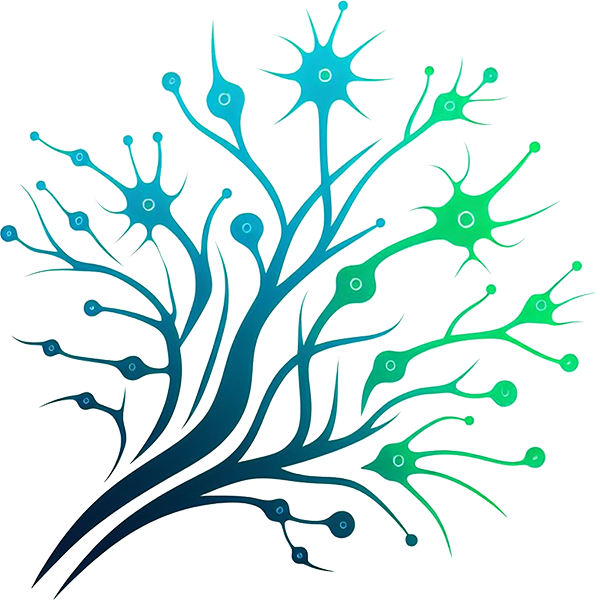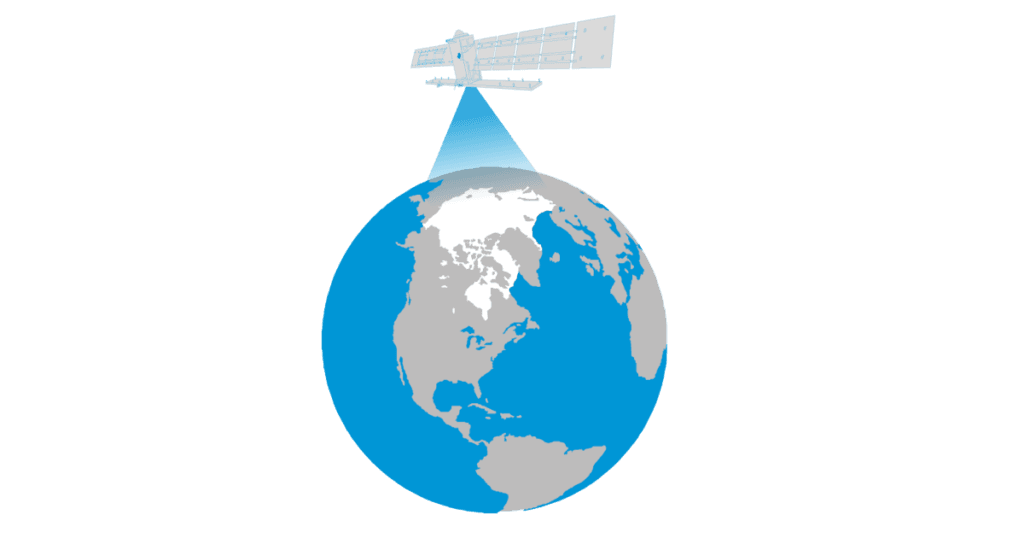
Vorgesehener Endnutzer: Lehrer, Lehrerausbilder
Altersgruppe: Upper Primary; Lower Secondary; Upper Secondary
Lehrplan der Schule: Wissenschaft; Sozial- und Umweltwissenschaften; Angewandte Wissenschaft
Themen und Fragestellungen: Energy Use and Production; Futures Thinking; Information & Knowledge; Pedagogy Approaches
Art der Ressource: Experiment, Lesson Plans
Schlüsselwörter: Earth observation, sea ice, Arctic, climate, climate change
Sprachen: English, Portuguese, Danish, French, Italian, Norwegian, Spanish & Estonian
Beschreibung
In this set of activities, students explore the impact of climate change by analyzing Arctic sea ice using real-time and historical satellite data. They investigate where sea ice forms, its seasonal variations, and how it is changing due to global warming.
The resource provides hands-on experiments where students work with Earth observation data to monitor sea ice coverage and learn how satellite imagery is used in climate science. They critically evaluate the consequences of diminishing sea ice, connecting scientific concepts to real-world environmental issues.
By engaging with structured data analysis and inquiry-based methods, students enhance their understanding of climate change and develop critical thinking and problem-solving skills.
Wie Sie diese Ressource nutzen können
Teachers guide students through a series of activities using real satellite images to examine Arctic sea ice coverage. Students compare historical and current sea ice data, interpret graphical trends, and discuss the role of satellite monitoring in climate research.
The resource encourages students to engage in hands-on activities, such as plotting ice changes and predicting future trends, fostering critical thinking and scientific literacy. Group discussions and assessments ensure that students reflect on climate change implications and possible mitigation strategies.
Die Ressourcen
The classroom resource can be found here:
Lernergebnisse
- Abfrage des Vorwissens und Weiterentwicklung von Wissen und Verständnis von Schlüsselkonzepten der nachhaltigen Bürgerschaft, wobei etablierte Weltanschauungen und Werte in Frage gestellt werden.
- Anwendung einer Reihe von geeigneten Instrumenten und Rahmenwerken zur Förderung des bürgerschaftlichen Engagements von Studierenden im Bereich Nachhaltigkeit
- das Wissen, die Instrumente und den Rahmen gemeinsam zu synthetisieren, um Bildungsmaterialien und Unterrichtspläne zu erstellen, die an ihren eigenen lokalen Kontext angepasst sind
Grüne Kompetenzen
- Nachhaltige Werte verkörpern: Valuing Sustainability
- Komplexität in der Nachhaltigkeit berücksichtigen: Systemdenken; Kritisches Denken; Problemstellung
- Visionen für eine nachhaltige Zukunft: Forschendes Denken
Creative Commons

Sea Ice from Space – Investigating Arctic Sea Ice and Its Connection to Climate”, is provided by the European Space Agency (ESA) under the terms of the Creative Commons Attribution-ShareAlike 3.0 IGO (CC BY-SA 3.0 IGO) Licence. You are free to share and adapt the material, provided proper attribution is given to ESA, a link to the licence is included, and any modifications are shared under the same licence.
SDGs
